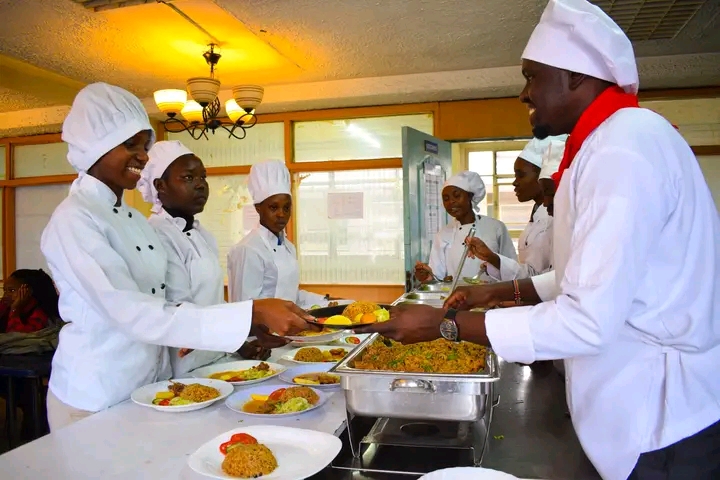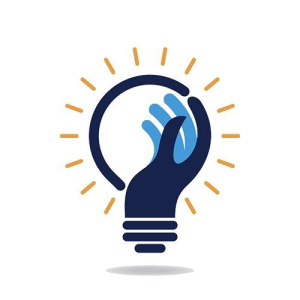
Food and Beverage Production refers to the processes involved in transforming raw agricultural ingredients into consumable food and drink products. This industry spans a wide range of operations, from small-scale artisanal producers to large multinational corporations.
Key Stages in Food and Beverage Production:
1. Sourcing of Raw Materials
Examples: Grains, fruits, vegetables, meats, dairy, water.
Considerations: Quality, sustainability, local vs. imported, cost.
2. Processing
Primary Processing: Basic preparation (e.g., cleaning, milling, fermenting, pasteurizing).
Secondary Processing: Combining ingredients to create finished goods (e.g., baking, brewing, bottling).
3. Packaging
Functions: Preservation, protection, branding, convenience.
Types: Plastic, glass, metal cans, paper cartons, biodegradable options.
4. Quality Control and Safety
Standards: HACCP, ISO 22000, FDA, EFSA.
Practices: Regular testing, traceability, hygiene protocols.
5. Distribution
Channels: Retail, wholesale, food service, direct-to-consumer.
Logistics: Cold chain management, warehousing, transportation.
6. Regulatory Compliance
Labelling laws, ingredient disclosures, health certifications, import/export rules.
---
Types of Food and Beverage Products:
Food:
Baked goods, dairy, frozen meals, snacks, canned foods, meat products.
Beverages:
Non-alcoholic (juices, soft drinks, water, tea, coffee)
Alcoholic (beer, wine, spirits)
---
Trends in Food and Beverage Production:
Sustainability: Eco-friendly packaging, waste reduction, ethical sourcing.
Health & Wellness: Low-sugar, organic, plant-based, functional foods.
Technology Integration: Automation, AI in quality control, IoT in traceability.
Customization & Innovation: Novel flavors, limited editions, personalized nutrition.
- Teacher: Verah Anyango

